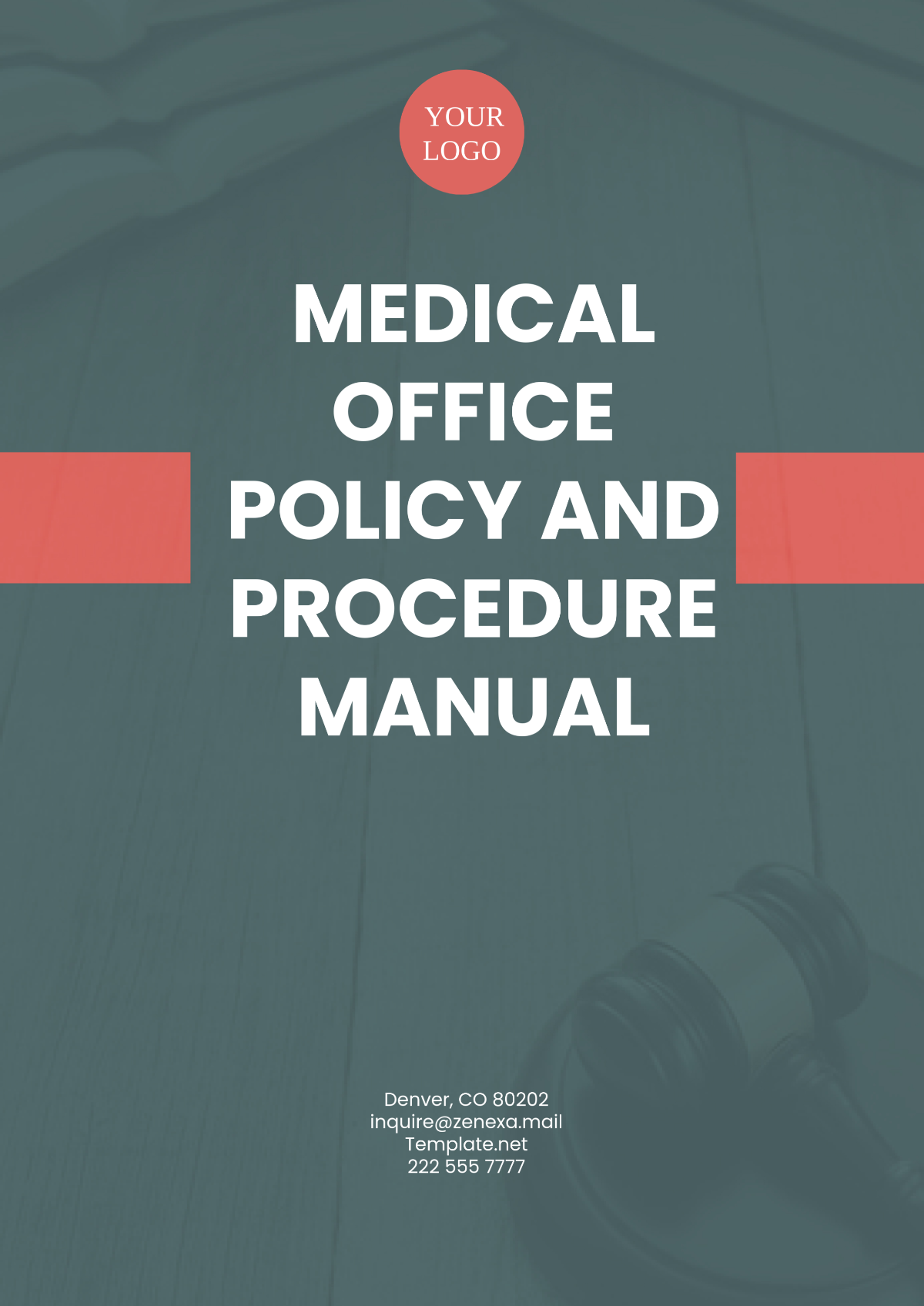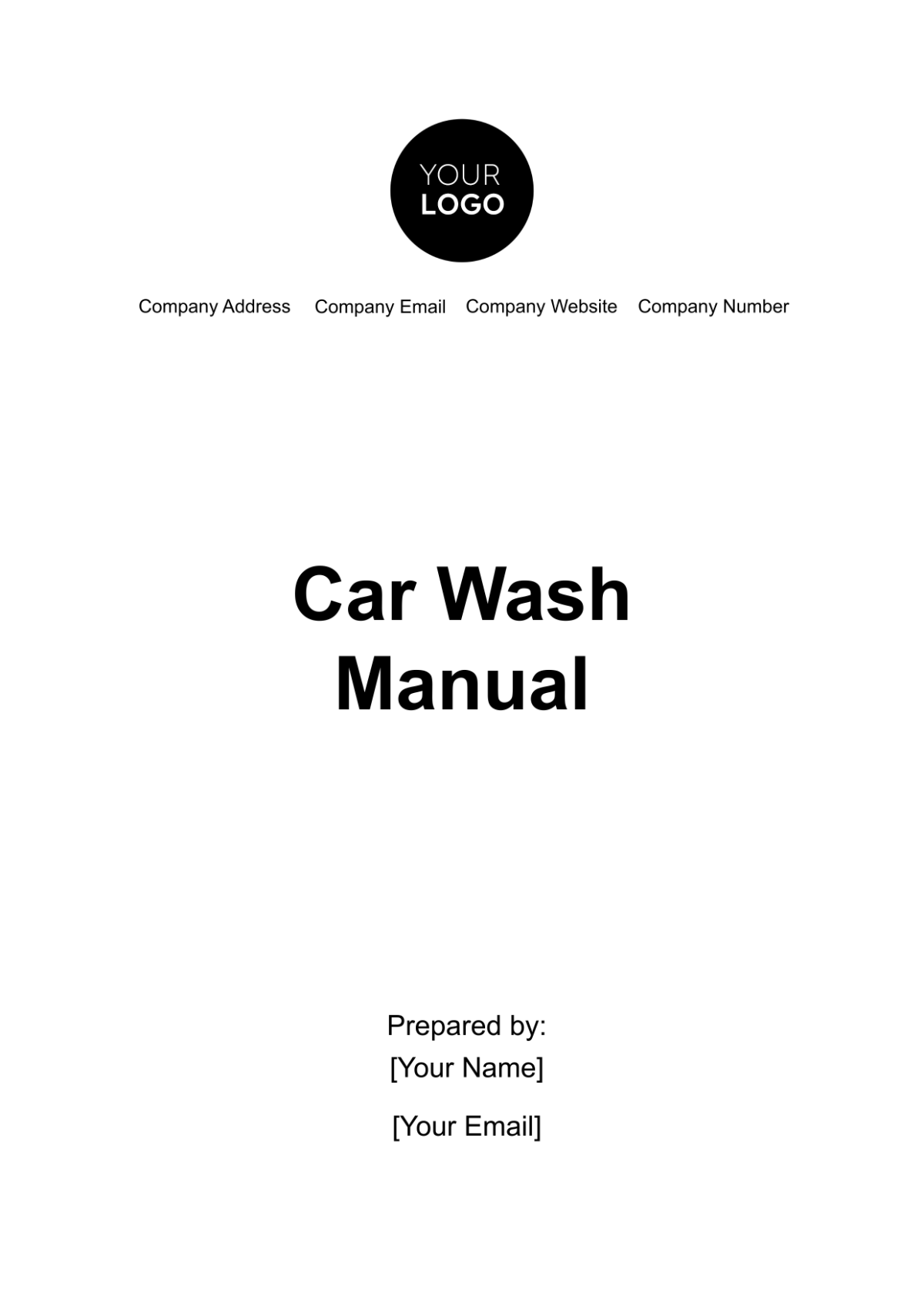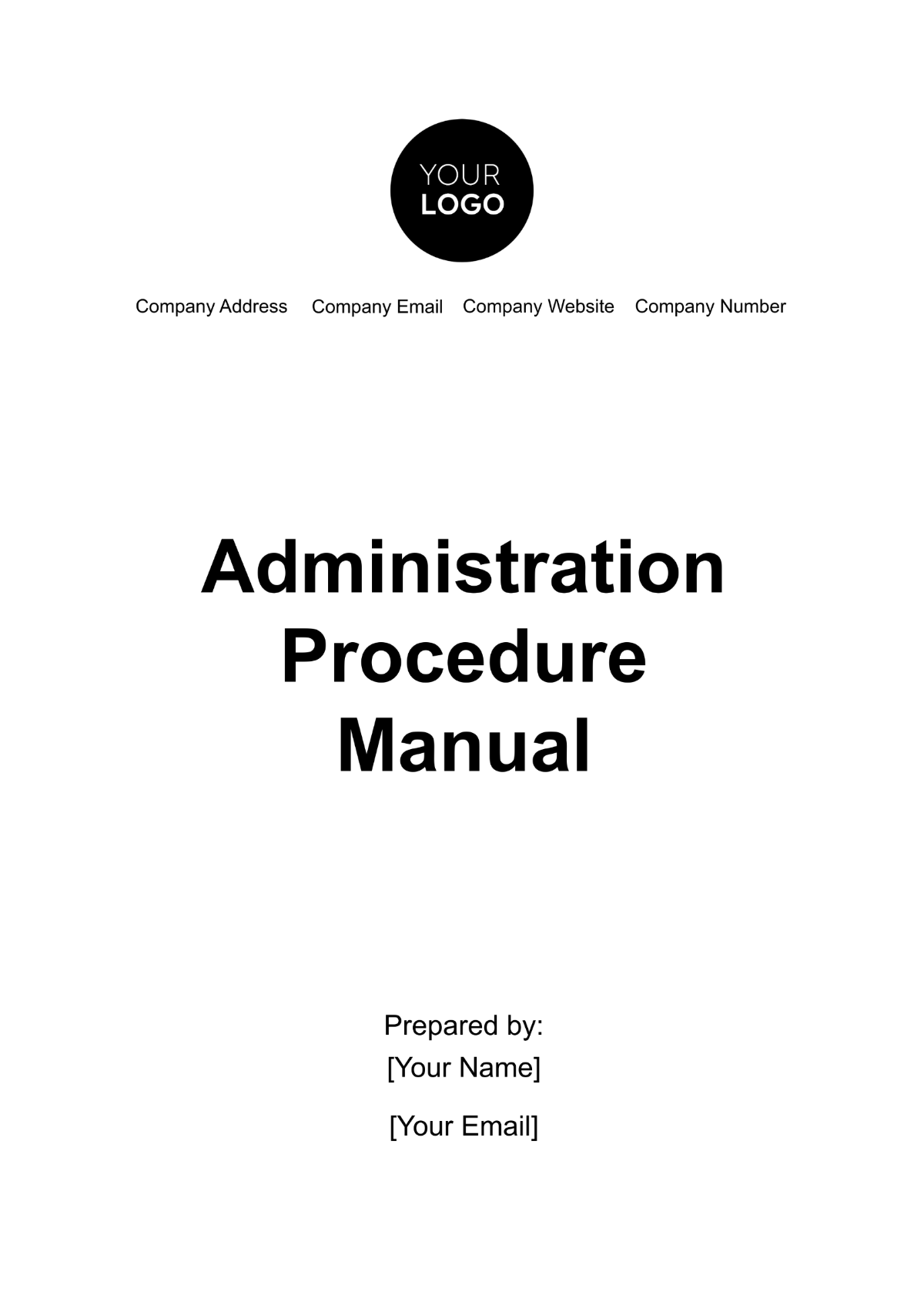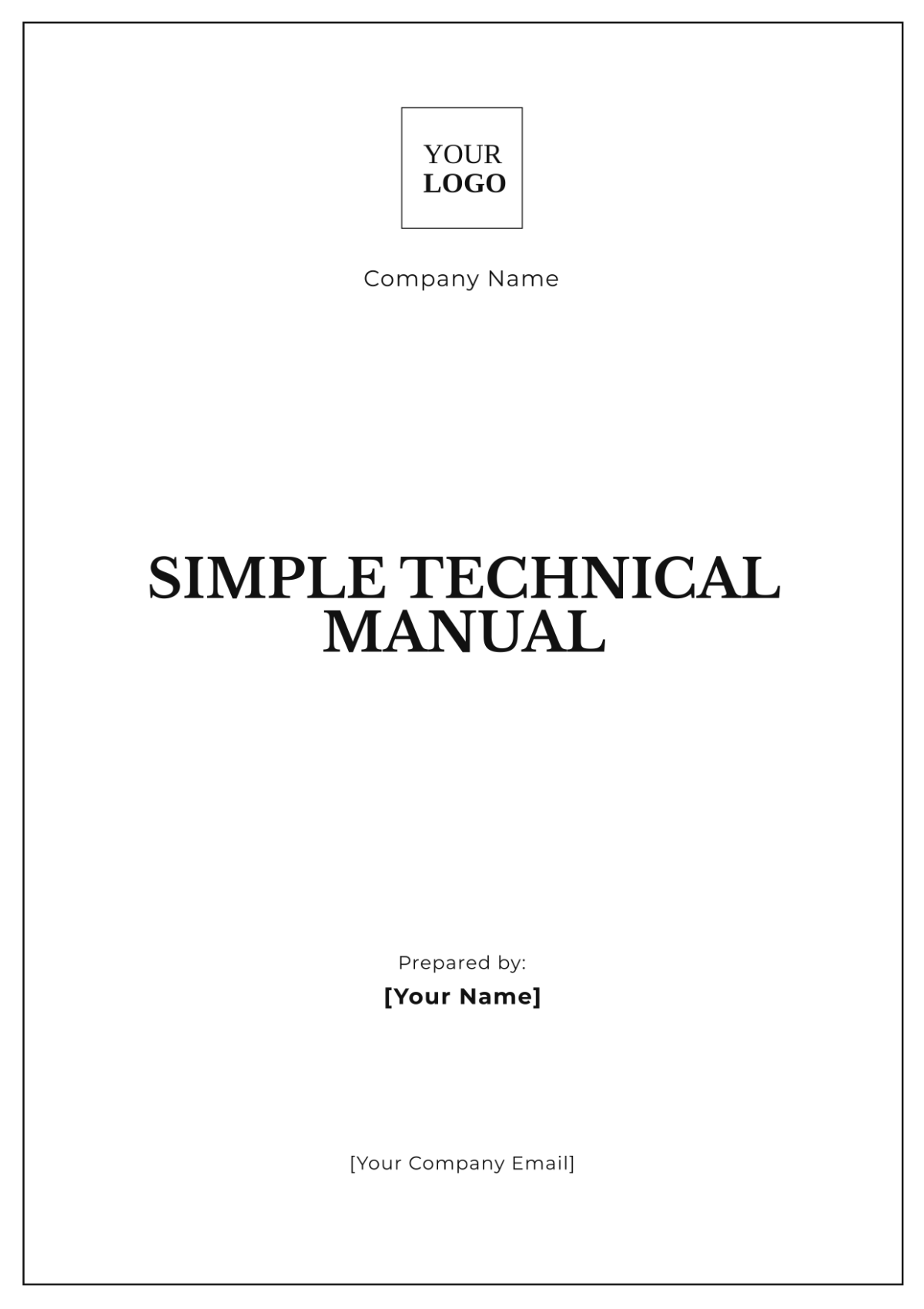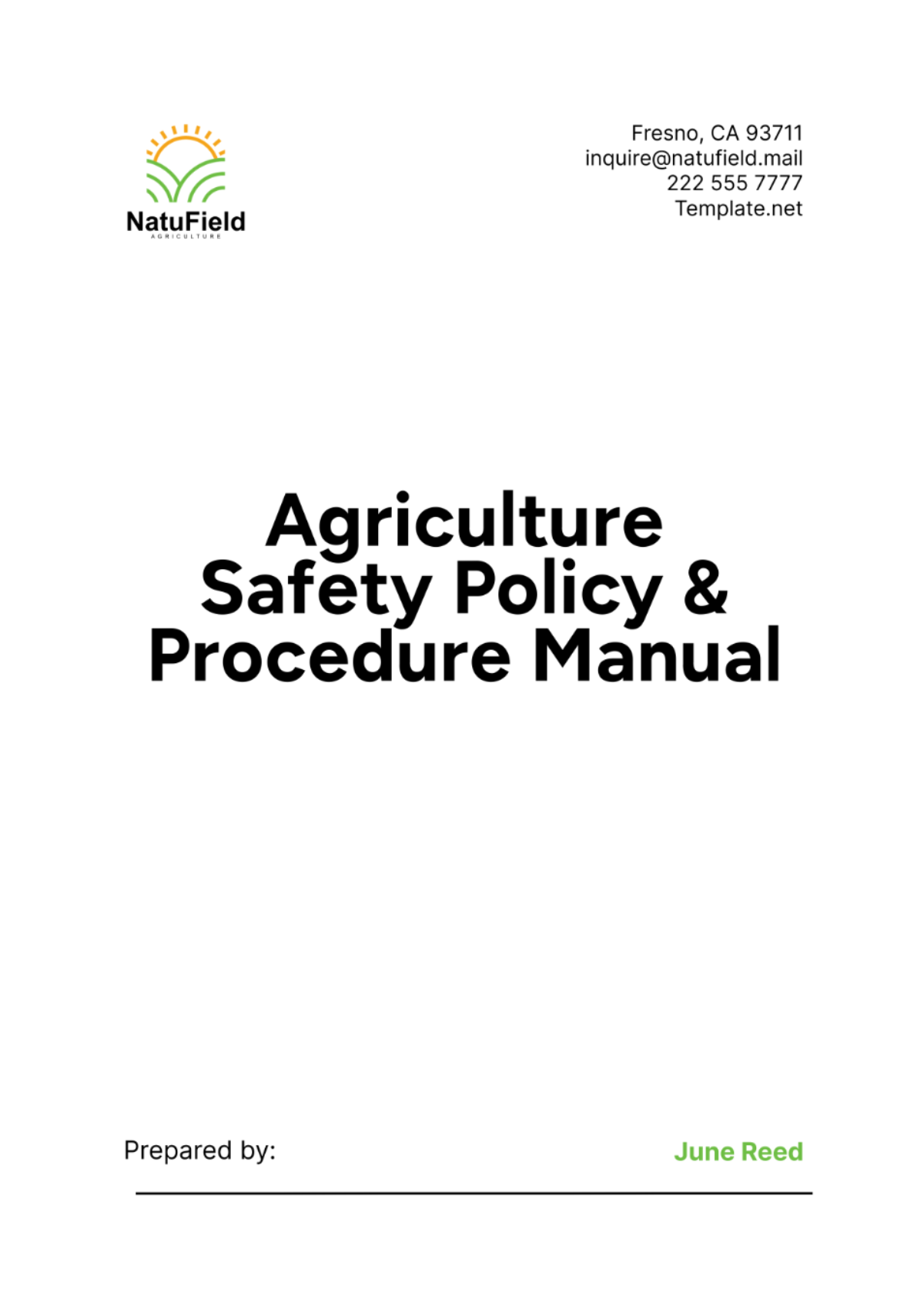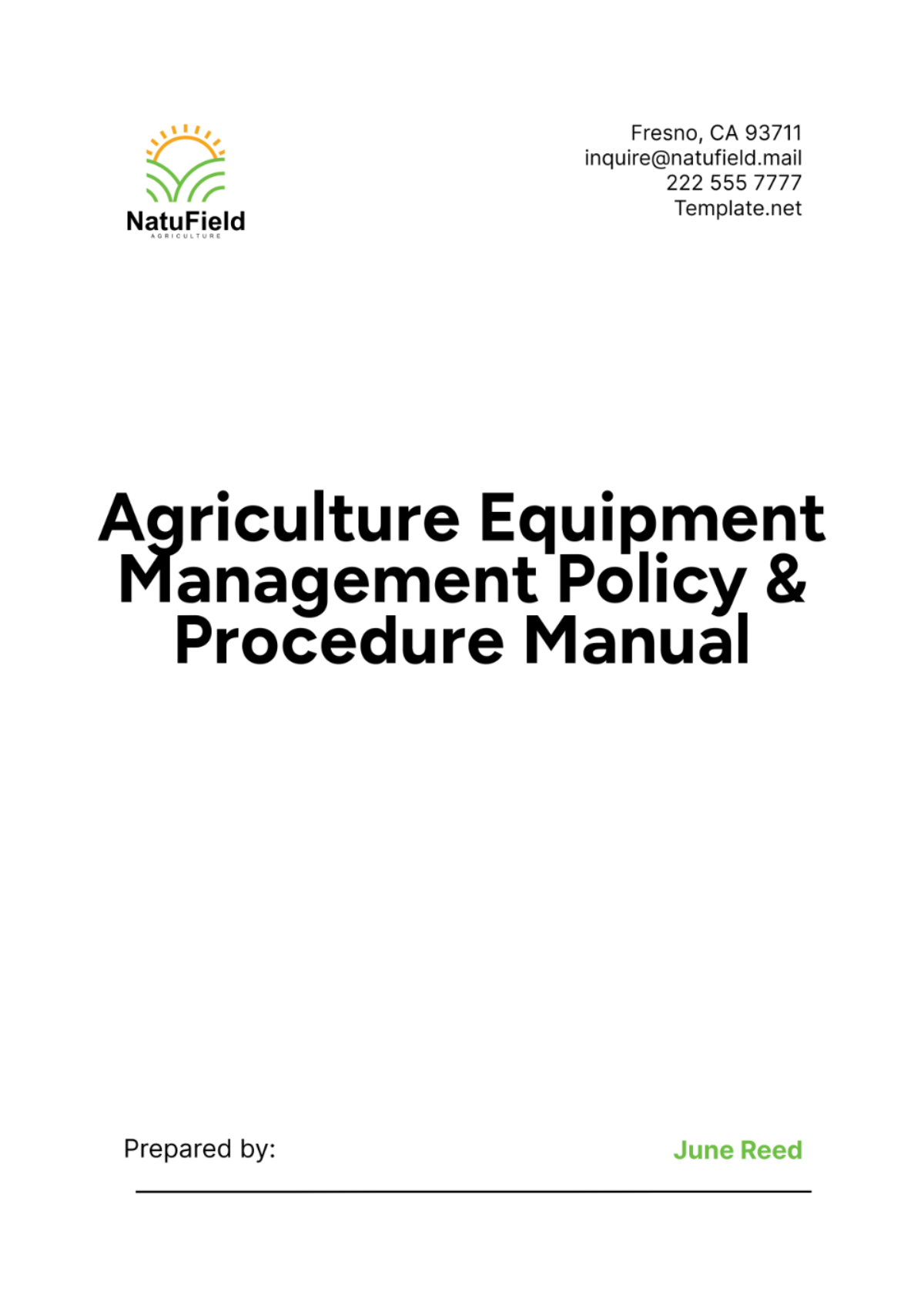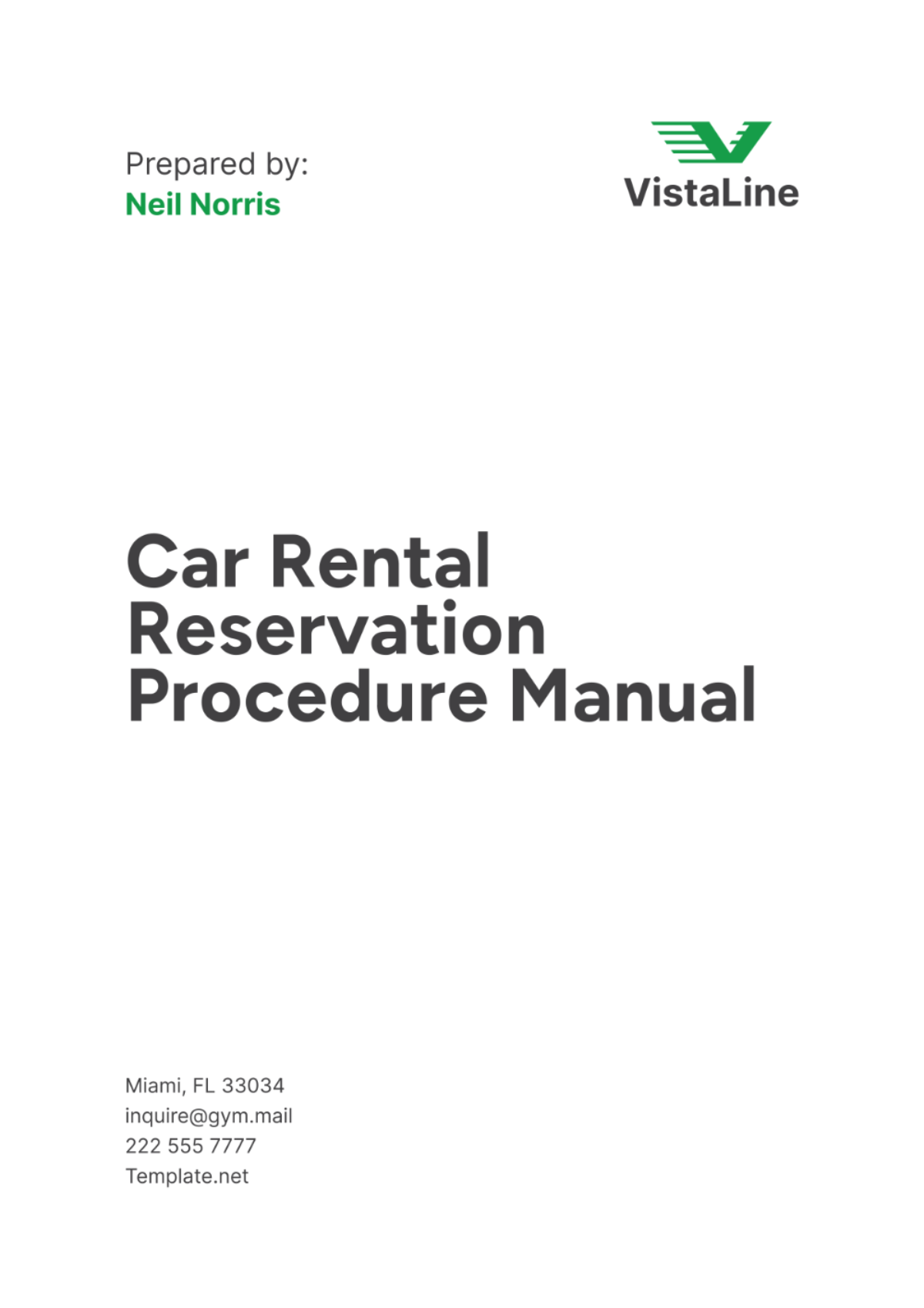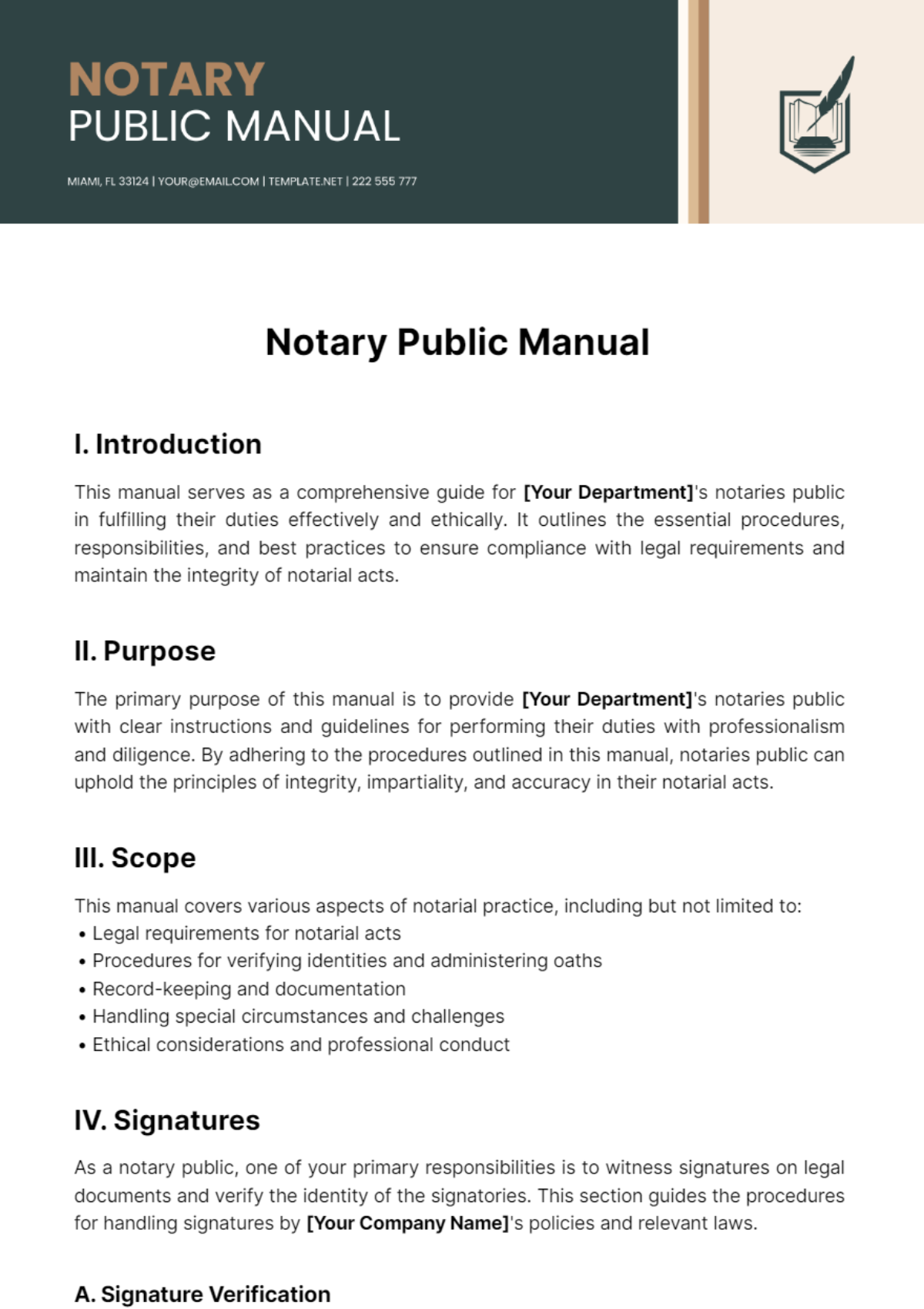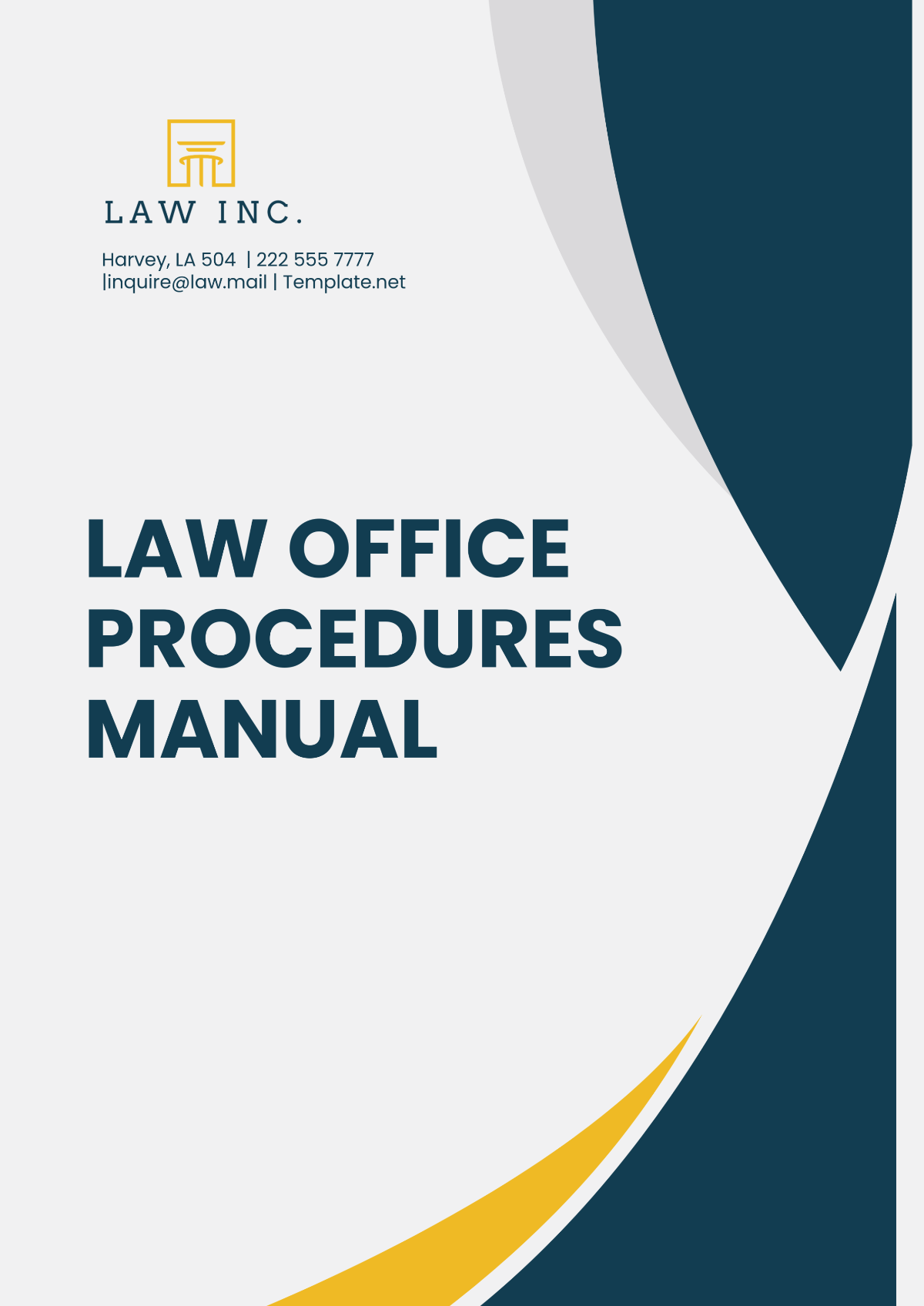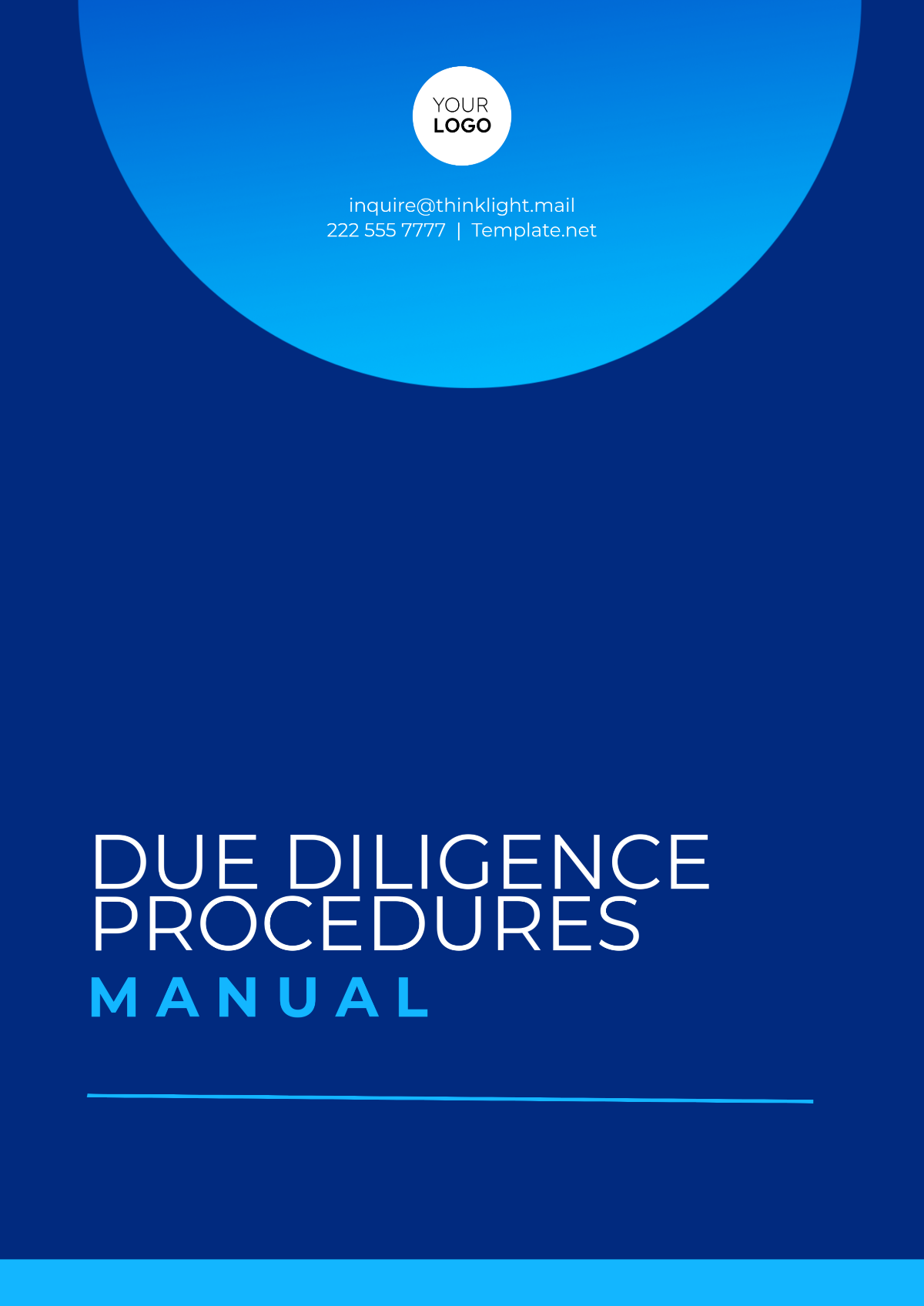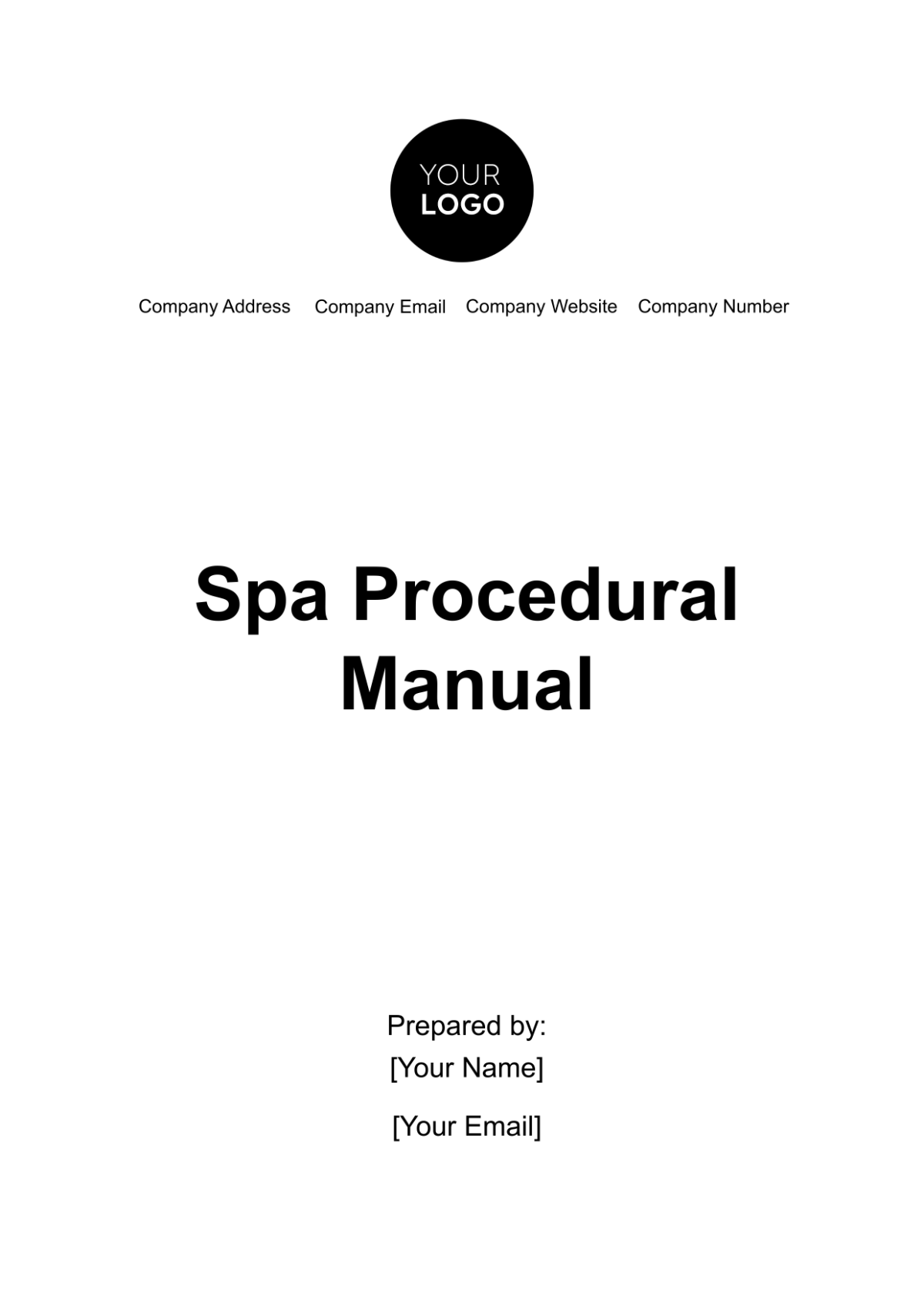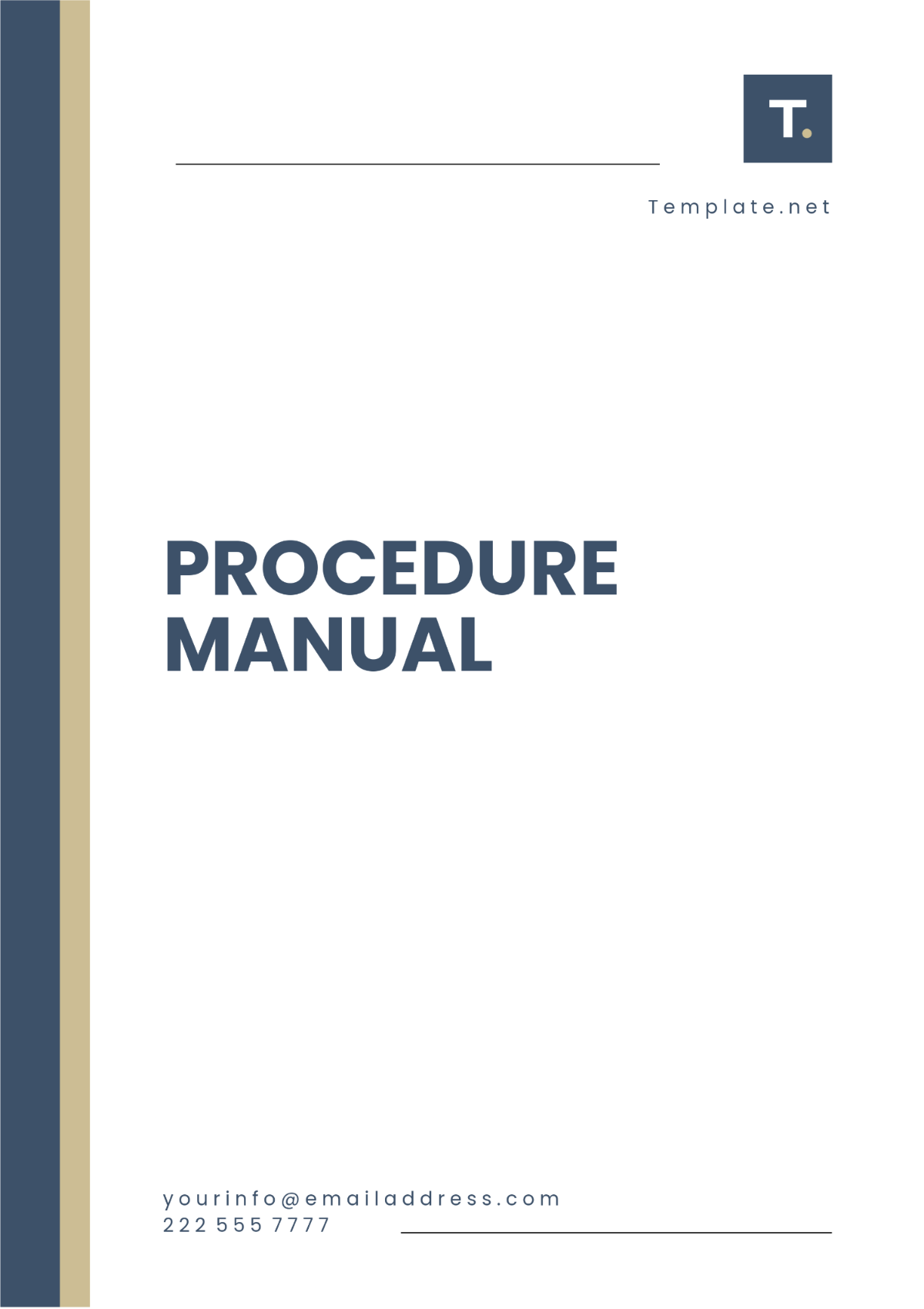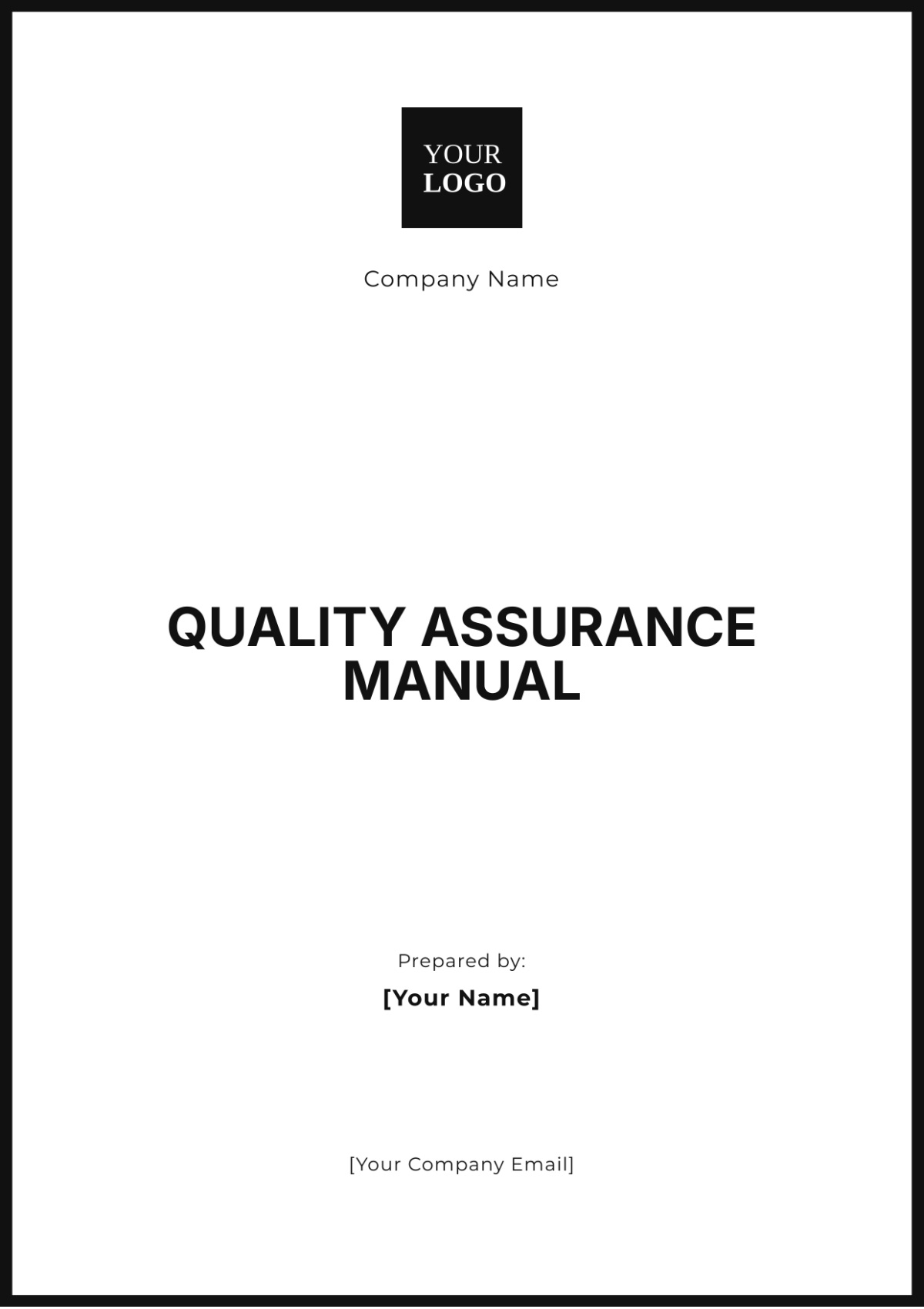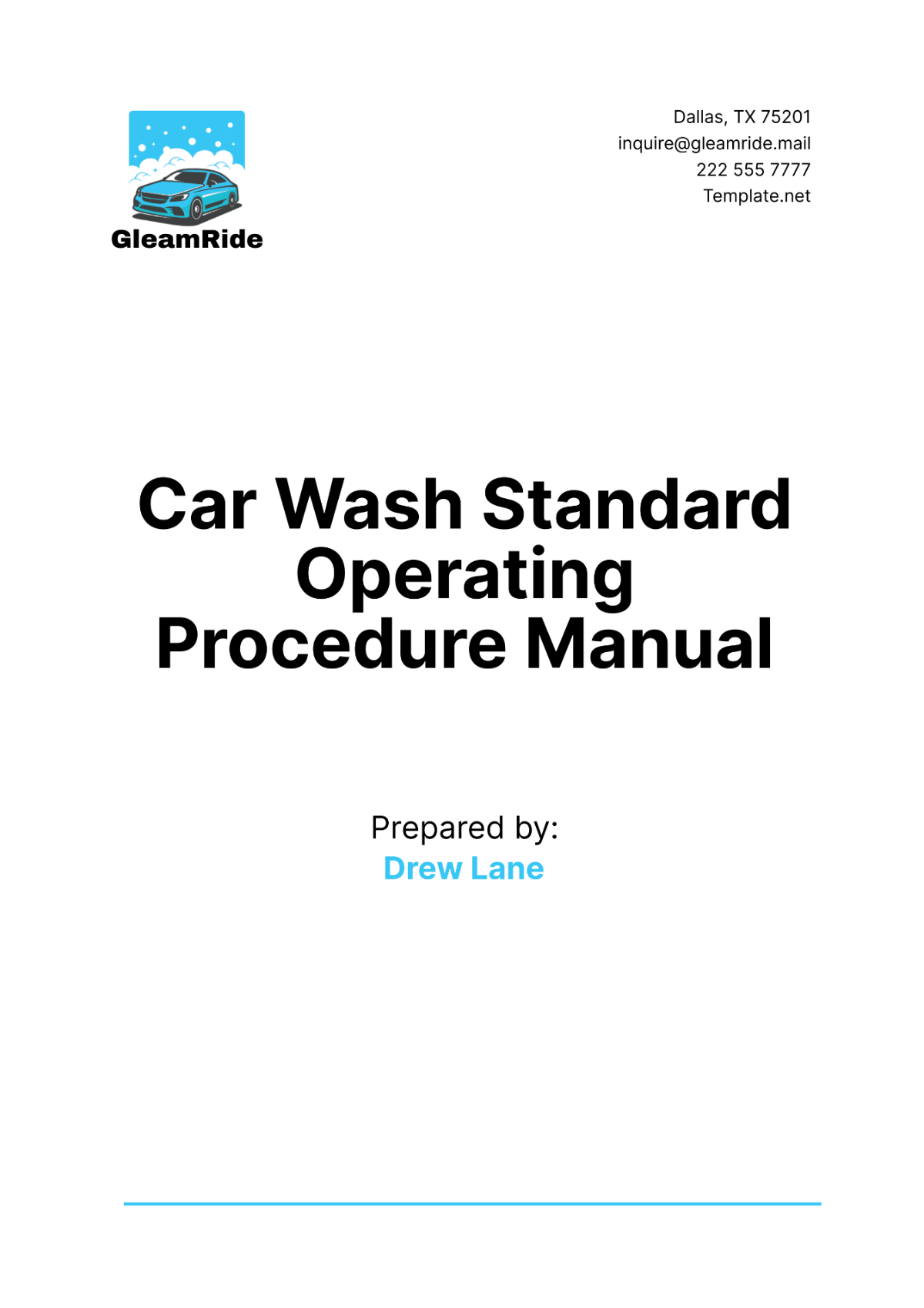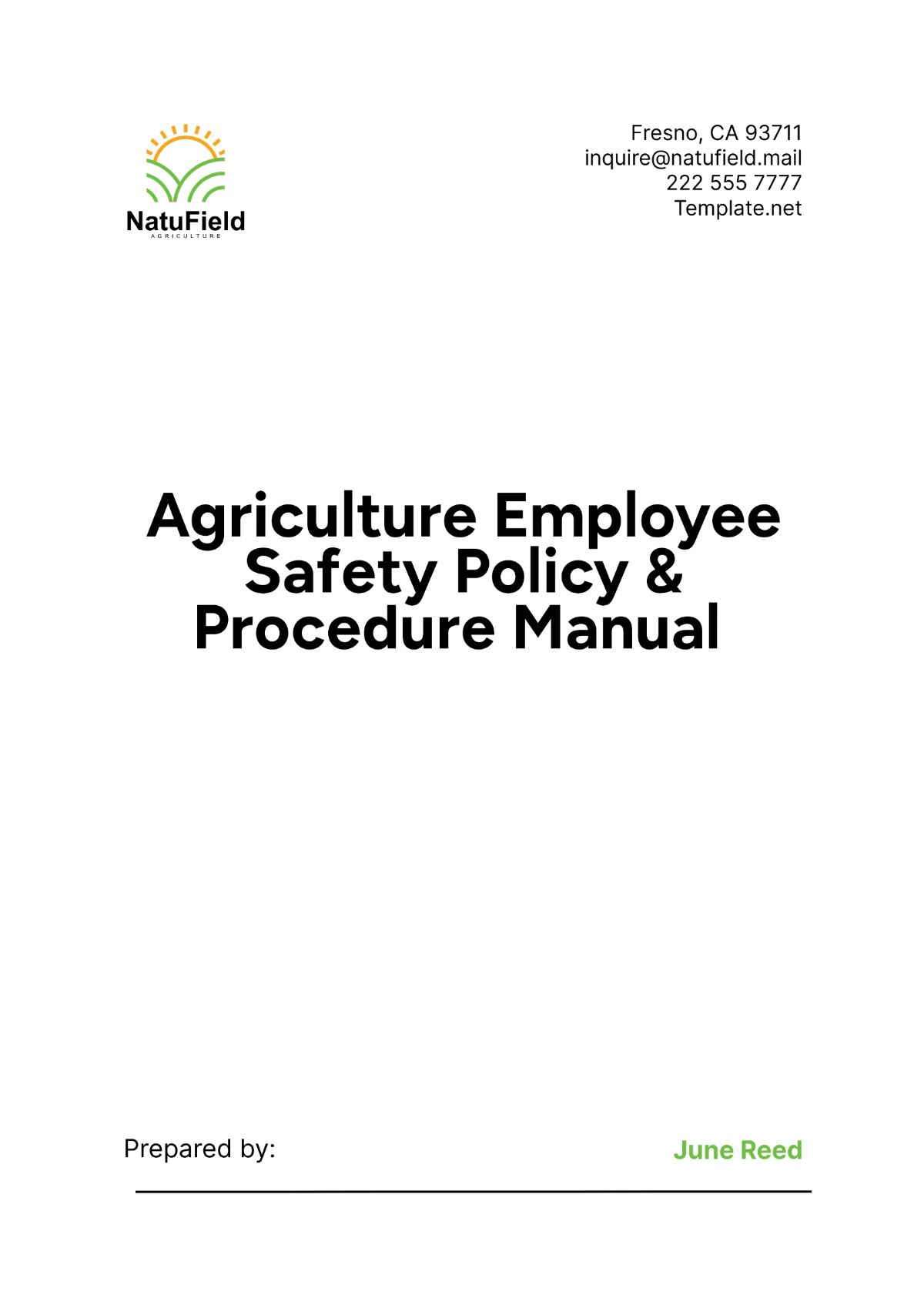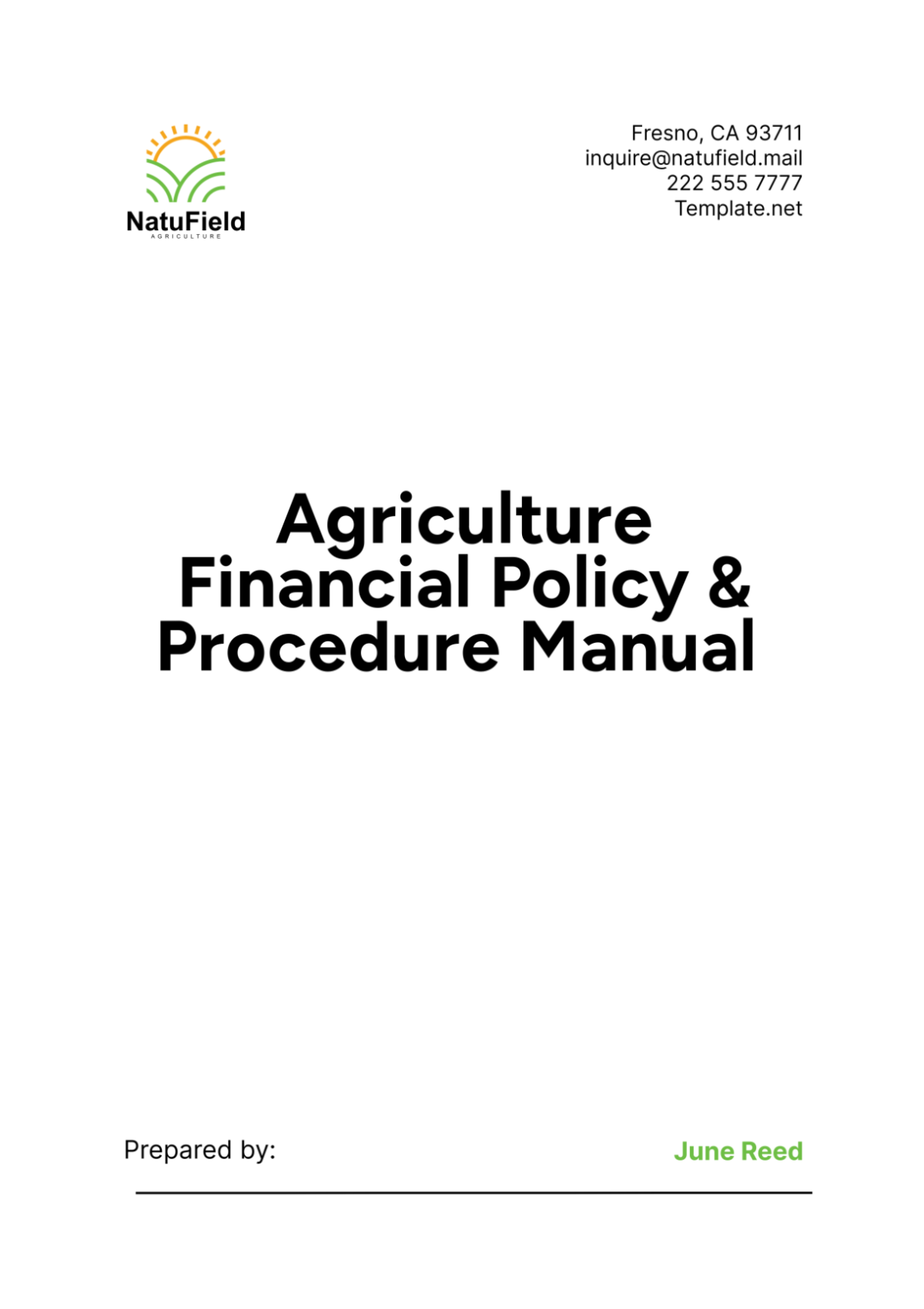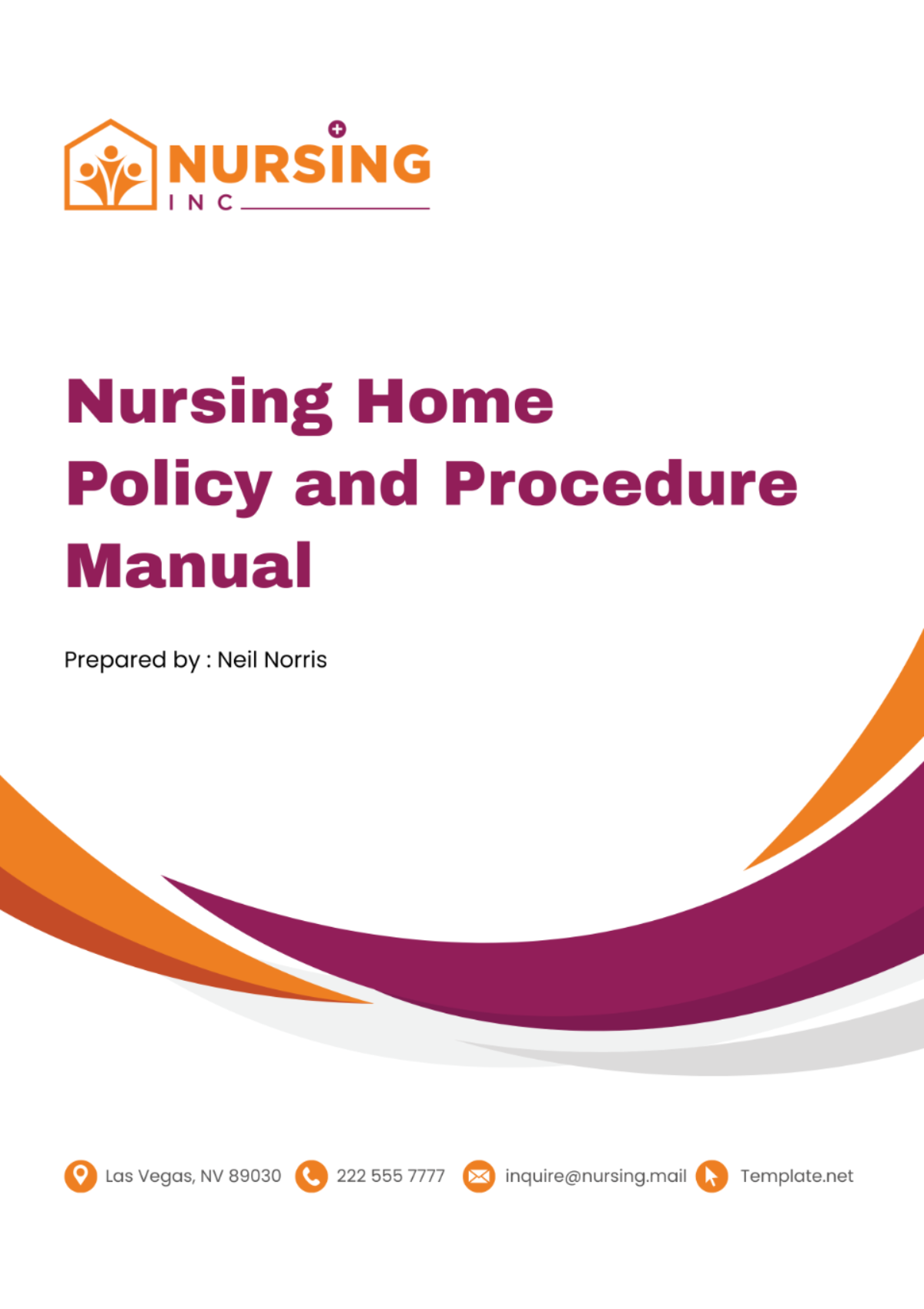Marketing Analytics Procedures Manual
I. Introduction
A. Purpose of the Marketing Analytics Procedures Manual
The Marketing Analytics Procedures Manual serves as a comprehensive guide for our marketing analytics team. Its primary purpose is to standardize our approach to data collection, analysis, and reporting, ensuring consistency, accuracy, and adherence to best practices. This manual empowers our team to make data-driven decisions that drive marketing success.
B. Scope and Application:
This manual applies to all members of the marketing analytics team and those involved in data-related activities within the marketing department. It covers a wide range of topics, including data collection, storage, preprocessing, analysis, reporting, and compliance. The procedures outlined here are to be followed rigorously to maintain data integrity and maximize the impact of our marketing efforts.
II. Data Collection and Sources
A. Identifying Data Sources
To kickstart our analytics journey, it's crucial to identify and integrate data from various sources. These sources encompass web analytics tools, CRM systems, social media platforms, and third-party data providers. Our procedures ensure that we gather data comprehensively.
B. Data Collection Methods
Effective data collection is at the heart of robust marketing analytics. Our procedures outline methods for tracking website interactions, capturing customer interactions, and using API integrations to obtain data. Accuracy and consistency are paramount.
Data Collection Method | Tools |
Web Analytics Tools | Google Analytics, Adobe Analytics, WebTrends |
CRM Systems | Salesforce CRM, HubSpot CRM, Microsoft Dynamics |
Social Media Platforms | Facebook Insights, Twitter Analytics, Instagram Insights |
Third-Party Data Providers | Nielsen, Comscore, Statista |
C. Data Privacy and Compliance
Respecting data privacy regulations is non-negotiable. Our procedures cover obtaining user consent, anonymizing data, and safeguarding sensitive information. We adhere to GDPR, CCPA, and other relevant regulations, ensuring ethical and legal data practices.
Data Privacy and Compliance Topic | Description |
User Consent | Obtaining consent for data collection. |
Anonymizing Data | Protecting sensitive information through anonymization. |
Data Protection Regulations | Compliance with GDPR, CCPA, and other relevant laws. |
III. Data Storage and Management
A. Data Storage Platforms
Secure and accessible data storage is vital. Our procedures guide us in selecting suitable storage platforms and tools. We prioritize data redundancy and backups to prevent data loss.
B. Data Security Measures
Data security is paramount. Our procedures detail encryption, access control, and regular security audits to protect data against unauthorized access, breaches, and cyber threats.
C. Data Retention Policies
We maintain a clear stance on data retention. Our procedures address archiving, purging, and documenting data retention decisions, ensuring compliance with regulatory requirements.
IV. Data Cleaning and Preprocessing
A. Data Cleaning Procedures
Quality data starts with thorough cleaning. Our procedures offer a step-by-step approach to identify and rectify data errors, inconsistencies, and outliers.
B. Data Validation and Quality Assurance
Data validation and quality assurance are ongoing processes. Our procedures validate data accuracy, ensure data consistency, and conduct quality assurance checks for reliable analysis.
C. Handling Missing Data
Missing data doesn't hinder us. Our procedures cover imputation techniques, assessing the impact of missing data, and transparent documentation of how missing values are handled.
V. Data Analysis and Reporting
A. Data Analysis Tools
Our procedures equip us with various tools such as Excel, SQL, R, and Python for effective marketing analytics. We select the right tool for each task to derive meaningful insights.
Data Analysis Tool | Description |
Excel | Utilizing Excel for data analysis. |
SQL | Using SQL for database querying. |
R | Leveraging R for statistical analysis. |
Python | Applying Python for data processing. |
B. Key Metrics and KPIs
We define and measure key marketing metrics and KPIs that align with our goals. Our procedures clarify how to calculate and interpret these metrics, ensuring everyone speaks the same data language.
C. Data Visualization Techniques
Effective data visualization is a powerful communication tool. Our procedures detail how to create clear and impactful visualizations using tools like Tableau and Power BI.
VI. Campaign Tracking and Attribution
A. Campaign Tracking Parameters
Tracking campaign performance is essential. Our procedures encompass setting UTM parameters, collecting campaign data, and ensuring accurate tracking for attributing conversions and ROI measurement.
B. Attribution Models
We use different attribution models to understand customer journeys. Our procedures explain how to apply these models to evaluate the impact of various touch points on conversions.
C. Cross-Channel Tracking
Cross-channel marketing requires consolidation. Our procedures guide us in tracking and analyzing cross-channel efforts, providing a holistic view of performance.
VII. Customer Segmentation
A. Customer Segmentation Methods
Segmenting our customer base enhances personalization. Our procedures outline methods for segmentation based on demographics, behavior, and other criteria.
B. Segment Profiling and Analysis
Once segments are created, we profile each one and conduct in-depth analysis. Our procedures help tailor marketing strategies to specific segments.
C. Targeting Strategies
Our procedures provide guidance on creating and executing campaigns targeted at specific segments. Personalization is key to successful targeting.
VIII. A/B Testing and Experimentation
A. A/B Test Design and Implementation
Experimentation is at our core. Our procedures encompass designing and executing A/B tests for assessing changes in ad copy, landing pages, and email campaigns.
B. Test Metrics and Evaluation
We define test metrics, collect and analyze data, and evaluate outcomes. Our procedures ensure that experimentation leads to actionable insights.
C. Continuous Experimentation
Our culture embraces ongoing experimentation. Our procedures establish a framework for continuous testing and optimization, driving innovation.
IX. Performance Reporting and Insights
A. Report Generation and Distribution
Our procedures specify the frequency, format, and distribution channels for performance reports. Reporting is essential for tracking progress and communicating insights effectively.
B. Insights and Recommendations
Interpreting data is our strength. Our procedures guide analysts on extracting actionable insights and making data-driven recommendations for stakeholders.
C. Actionable Metrics
We focus on actionable metrics that impact marketing strategies. Our procedures help us distinguish between vanity metrics and those that drive results.
X. Data Governance and Compliance
A. Data Governance Framework
Data governance is a priority. Our procedures outline a framework that ensures data accuracy, security, and compliance across the organization.
B. Compliance with Data Protection Regulations
We uphold data protection regulations diligently. Our procedures detail how to remain compliant with GDPR, CCPA, and other relevant regulations.
C. Data Ethics and Privacy
Ethical data practices are ingrained. Our procedures emphasize transparency, consent, and respect for user privacy in all data-related activities.
XI. Training and Skill Development
A. Training Programs and Resources
Our procedures encourage continuous learning. We provide training programs and resources to enhance the skills of our marketing analysts.
Onboarding programs for new marketing analysts.
Regular workshops and webinars on industry trends.
Access to online courses and certifications in marketing analytics.
Mentoring and peer learning opportunities.
Subscription to industry publications and research.
B. Skill Enhancement for Marketing Analysts
Our procedures guide individuals on skill development paths, ensuring they stay updated with the latest trends and technologies in marketing analytics.
Developing proficiency in data analysis tools (e.g., Excel, SQL, R, Python).
Enhancing statistical analysis and modeling skills.
Improving data visualization and reporting capabilities.
Gaining expertise in marketing automation and CRM systems.
Staying updated on emerging technologies and analytics techniques.
C. Cross-Functional Collaboration
Collaboration is key. Our procedures encourage cross-functional collaboration to leverage diverse expertise for better analytics outcomes.
XII. Conclusion
A. Continuous Improvement
Our commitment to improvement is unwavering. We continuously refine our procedures to stay at the forefront of marketing analytics.
B. Adapting to Emerging Analytics Trends
We embrace change. Our procedures emphasize adaptability to emerging analytics trends, allowing us to harness new technologies and methodologies to enhance our marketing analytics capabilities.
This Marketing Analytics Procedures Manual serves as a comprehensive guide for our marketing analytics team, providing clear and standardized procedures for data collection, analysis, reporting, and compliance. By following these procedures diligently, we strengthen our data-driven decision-making capabilities, improve the effectiveness of our marketing strategies, and maintain the highest standards of data ethics and privacy. This manual is a living document that will evolve with the ever-changing landscape of marketing analytics, and it reflects our commitment to excellence in this critical area of our operations. Thank you for your dedication to implementing these procedures and contributing to the success of our marketing analytics initiatives.












